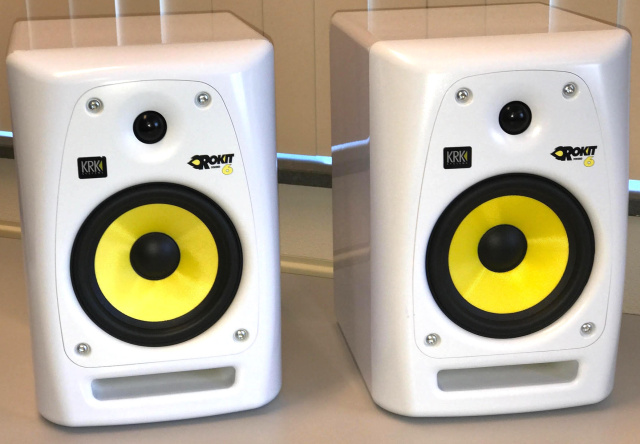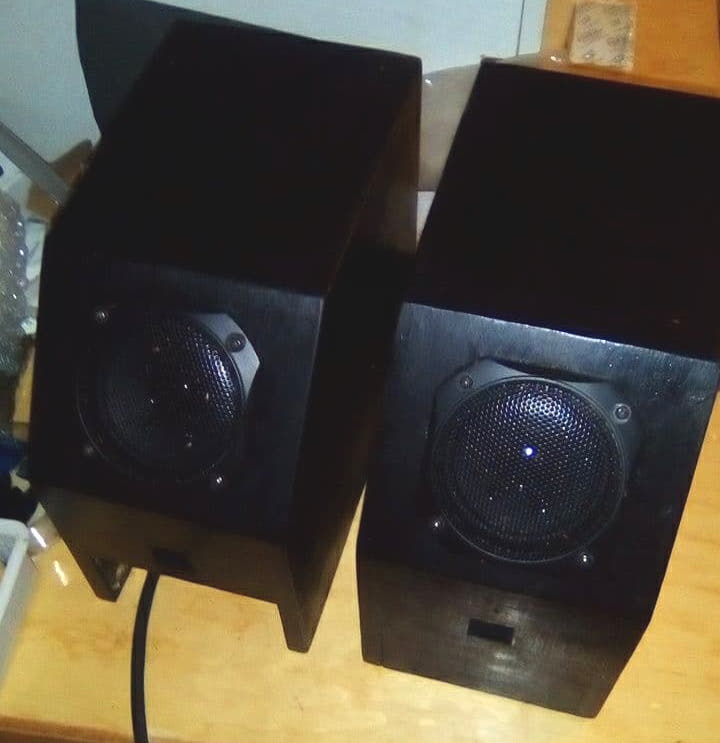
In short, it's two things: Lack of treble definition and too much power. The speakers are biamplified, and the tweeter amps have a lower dynamic range than the midrange amps. This is a cheap trick to make folks mix more in the midrange, and insure there's treble sparkle in mixes when played on other speakers. That works for a while, but later on the lack of treble resolution and too much power make mixes skewed towards midrange, bass and power at the expense of space definition and sweetness and just straight balance.
They also have crummy RCA inputs to pretend the balanced inputs are so much better or something like that. That is somewhat beside the point though as RCA inputs weren't used. In a nutshell, they're good for making shouty, bassy mixes with a smiley EQ, not much else. 65-dB dynamic range for treble/midrange (crossover's at 1600 Hz) is flat. Now of course this will sound "better" with 44-KHz mixes as 44-KHz PCM is flat with ugly undefined treble, but then anything above that lacks the treble and spatial definition and instrument separation there ought to be.
So in response to all this trouble, new speakers have been made. They're based on a German hi-fi driver design. Which is fullrange, thus avoiding any crossover distortion/size problem (to make a crossover sound good, it ought to have big and heavy thick-wire aircore inductors). They're small (the drivers are 3.3" or 8 cm. diameter). Maximum input power is 30 W/channel with 50 W peaks. Unlike commercial speakers, these are made of spruce plywood. This has the advantage of musicality: Spruce resonates and is consonant with musical instruments, so strings sound like strings, not screechiness as on overdampened MDF speakers. Drums are also very lifelike, thanks to the small drivers' quick transients and spruce resonance. The speakers play music more like music, with expression and character mass-produced speakers never achieve.

This is a phone photo, there might be better camera shots later.

 Random Link:
Random Link: